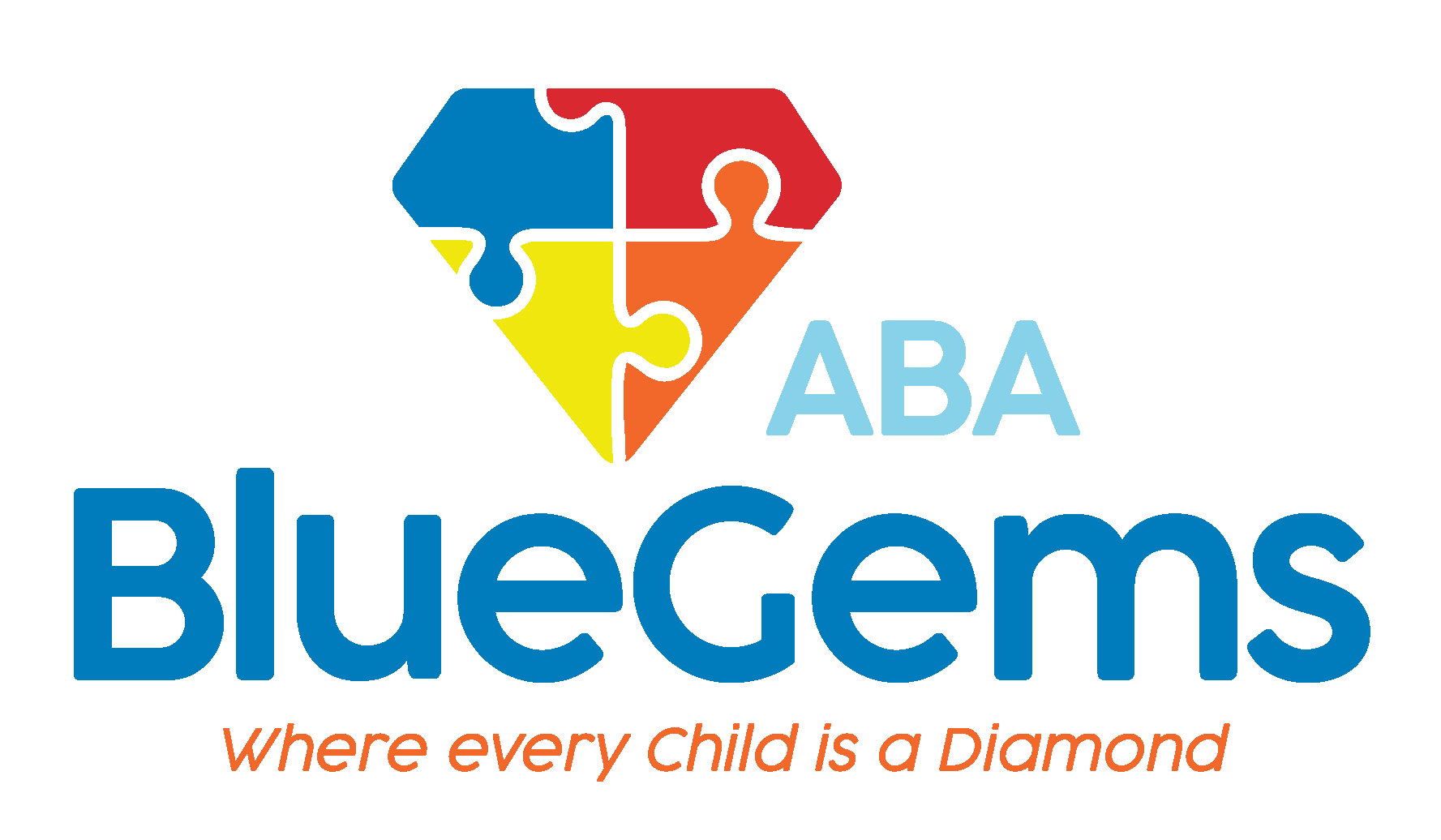Are We All on the Autism Spectrum?
Our understanding of what autism is has changed dramatically in the last 20 years. In 2013, the American Psychiatric Association coined a new term called autism spectrum disorder (ASD).
In doing so, the organization essentially wrapped five disorders that were previously separate under one umbrella. These disorders, including Asperger’s syndrome and autism, shared a lot of the same signs, symptoms and traits, and people who had them responded to similar treatments.
Since then, a lot is talked about the autism spectrum, as it’s become known that individuals who have ASD can span a very wide spectrum in terms of how they are affected.
With statistics showing that an increasing number of people are being diagnosed with ASD every year, a common question has arisen around whether everyone is on the autism spectrum.
So, are we all on the autism spectrum?
Table Of Contents
What is the Prevalence of Autism Spectrum Disorder?
The prevalence of autism has risen steadily over the last 20 years or so.
In 2022, the World Health Organization reported that the median prevalence of ASD in children was 1%, with about one in 100 children across the world being diagnosed with it.
The U.S. Centers for Disease Control and Prevention last released its estimates in 2020, showing that about one in 36 U.S. children who are 8 years old have ASD. That prevalence rate of 2.8% is a big rise from the 2.3% that was recorded in 2018 and a monumental increase from the 0.67% prevalence rate from 2000.
This shows that there are indeed steep increases in the rate of children being diagnosed with autism. At the same time, 2.8% of the population is a significant minority.
There are many reasons that could be contributing to this increased rate.
For one, with ASD being a larger umbrella of disorders, more people fit under the new diagnosis criteria.
Second, the increased knowledge, research and training around ASD has led to better early detection efforts from parents and medical providers, as well as more accurate diagnoses from professionals.
Finally, studies suggest there could be some unique environmental factors playing a role, including the fact that parents are having children later in life than they used to, which could increase the potential for ASD.
How is Autism Diagnosed?
There are no blood tests or medical examinations that can detect autism. Instead, diagnosis is done through observation of symptoms that are present.
Trained professionals such as clinical psychologist or developmental pediatrician will use tools such as the DSM-5 as a guide for what needs to be present in order to be diagnosed with ASD. To be diagnosed, an individual has to meet all three of these criteria …
- Difficulties with social emotional reciprocity
- Difficulties with nonverbal communication
- Deficits in developing and maintaining relationships with other people
In addition, an individual must demonstrate at least two of these four repetitive or restricted behaviors, interests or activities …
- Stereotyped speech, repetitive motor movements, echolalia and repetitive use of objects or abnormal phrases
- Rigid adherence to routines
- Highly restricted interests with abnormal intensity or focus
- Increased or decreased reactivity to sensory input or unusual interest in sensory aspects of the environment
If an individual meets those criteria, they can be officially diagnosed with ASD.
Where Does the Misconception That We’re All on the Autism Spectrum Come From?
So, are we all on the autism spectrum? The answer is no.
Part of the reason that there’s a misconception that we are all on the autism spectrum could be that some people display one or more of the characteristics commonly associated with ASD. In fact, estimates suggest that nearly one-third of the U.S. population has one or more of these traits.
For instance, a person might have trouble with social emotional reciprocity and some of the other social/communication challenges that many people with ASD face. However, if they don’t also meet two of the four criteria related to repetitive and/or restricted behaviors, interests or activities, they aren’t considered on the autism spectrum.
With more knowledge and information becoming known among the general public about ASD, people are now more aware of the common signs and symptoms. While this is certainly great for acceptance, inclusion and early detection, it could cause some people to be afraid if they notice that they, or someone they know, displays some of these characteristics.
That being said, only a small minority of people in the world are on the autism spectrum, even as the prevalence rates continue to rise seemingly every year.

Blue Gems ABA Supports Children on the Autism Spectrum
While an increasing number of children are being diagnosed with autism every year, they are still in the vast minority of the population. Not everyone is on the autism spectrum, though many people may have at least one of the traits commonly associated with ASD.
At Blue Gems ABA, we support children on the autism spectrum by administering applied behavioral analysis. ABA therapy is considered the gold standard of treatments for ASD, using positive reinforcement and repetition to help children build the social, communication and daily life skills with which they typically struggle.
To learn more, please contact us today.




